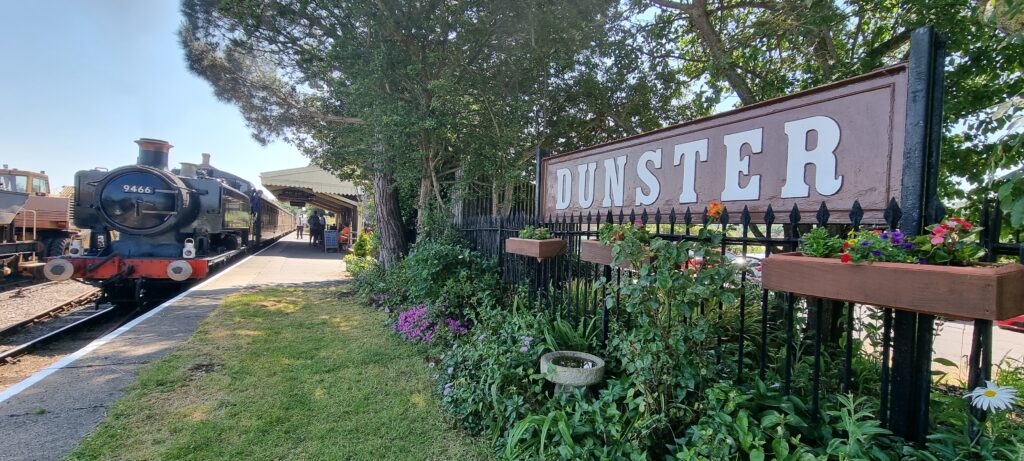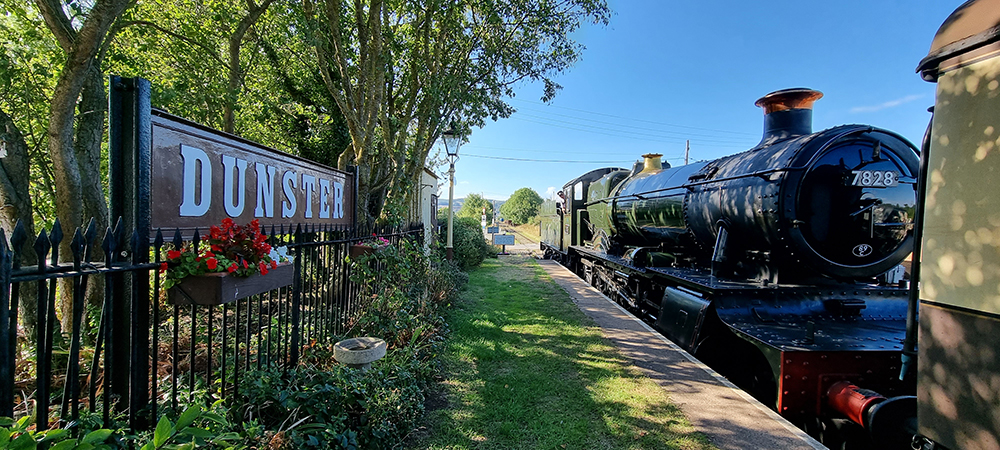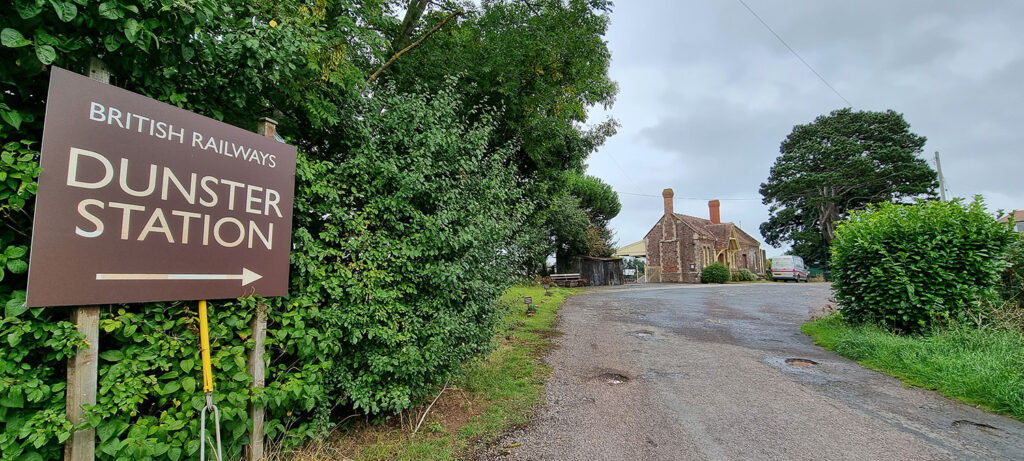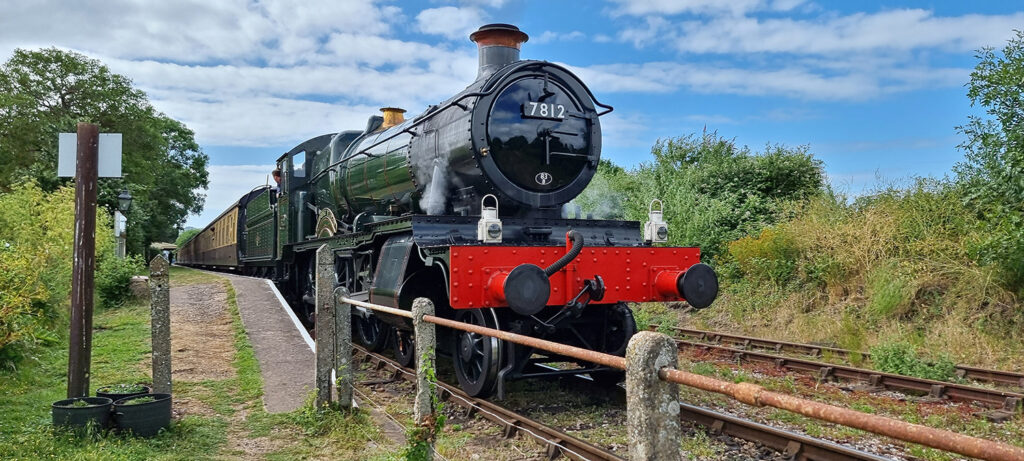If you’re visiting Dunster Village, there’s no doubt that you’ll want to explore the area’s rich history. From medieval castles to ancient churches, there are countless historical sites to discover near Dunster railway station. Whether you’re a history buff or simply looking for a unique and enriching experience, this guide will provide you with everything you need to know about the top historical sites to visit near Dunster railway station. In this article, we’ll take a closer look at the fascinating history of the area, and highlight some of the most notable historical sites that you won’t want to miss. So, grab your walking shoes and get ready to step back in time with us! Dunster Castle Dunster Castle is one of the most iconic historical sites near Dunster railway station, and for good reason. The castle dates back to the 11th century and was once a stronghold for the powerful Luttrell family. Today, the castle is open to the public and offers a glimpse into the lives of the castle’s former residents. Visitors can explore the castle’s impressive interior, which includes ornate furnishings, artwork, and historical artifacts. The castle also features stunning gardens and grounds, including a terraced garden and a woodland walk. For those interested in the castle’s history, there are guided tours available that delve into the castle’s past and its former inhabitants. Additionally, the castle hosts special events throughout the year, including outdoor theater productions and music festivals. Don’t miss your chance to experience this fascinating historical site and step back in time to the days of knights and nobles. Gallox Bridge Gallox Bridge is a picturesque and historically significant site located just a short distance from Dunster railway station. This charming medieval bridge dates back to the 15th century and is believed to have been constructed as part of the rebuilding of the town following a devastating fire. The bridge’s unique design features three arches, with the central arch being the largest. It spans the River Avill and provides stunning views of the surrounding countryside. As you walk across the bridge, you’ll notice the unique carvings on its sides, which are believed to have been added to ward off evil spirits. Gallox Bridge has played an important role in the history of the area. During the English Civil War, it was a strategic point of control for both the Royalists and Parliamentarians. The bridge also served as an important trade route for merchants traveling to and from the town of Dunster. Today, Gallox Bridge is a popular spot for visitors to take photos and enjoy the beautiful views of the River Avill and the surrounding countryside. It’s a must-see for history buffs and anyone looking to immerse themselves in the rich cultural heritage of the area. St. George’s Church St. George’s Church is a must-see historical site near Dunster Railway Station. The church dates back to the 15th century and is built in the Perpendicular Gothic style, featuring intricate stonework, large windows, and a striking tower. The interior of the church is equally impressive, with an ornate wooden ceiling, impressive stained glass windows, and a variety of historical artifacts on display. The Priory of St. George’s Church also boasts a number of other interesting features, such as a beautifully carved rood screen, intricate misericords, and a number of memorials to the local lords of Dunster Castle. Visitors can also take a tour of the church to learn more about its history and architecture. Dunster Working Watermill Dunster Working Watermill is another top historical site to visit near Dunster Railway Station. This watermill is a fully operational mill that dates back to the 18th century. It has been restored and is open to the public, allowing visitors to see how flour was produced in the past. The watermill uses the power of the River Avill to grind wheat into flour, which can then be purchased in the mill’s shop. Visitors can take a tour of the mill and see the machinery in action, as well as learn about the history of the mill and the local area. In addition to the watermill, there is also a tea room on site where visitors can enjoy a hot drink or a bite to eat. The tea room offers a selection of homemade cakes and other treats, as well as light lunches and snacks. Visiting Dunster Working Watermill is a great way to learn about the history of the area and see how an important industry operated in the past. It’s a unique experience that shouldn’t be missed when exploring the historical sites near Dunster Railway Station. Dunster Museum and Doll Collection Dunster Museum and Doll Collection is a fascinating attraction to visit. This small but informative museum is housed in a 17th-century thatched building, and it showcases the history of Dunster village and the surrounding area through a range of displays and artefacts. One of the highlights of the museum is the extensive collection of dolls, which includes dolls from around the world as well as examples of Victorian and Edwardian dolls that were popular in England during the 19th and early 20th centuries. Visitors can also see exhibits about local industries such as farming, mining, and fishing, as well as displays about notable historical figures associated with the area, including Luttrell family who owned Dunster Castle. The museum is run by volunteers, and admission is free, although donations are appreciated. The Dunster Museum and Doll Collection is a unique and interesting attraction that is well worth a visit for anyone interested in history or dolls. It’s a great place to learn about the local area and its rich history, and to appreciate the impressive collection of dolls on display. Dunster Beach Dunster Beach is a stunning stretch of sand and shingle coastline located just a short drive from Dunster village. The beach offers breath-taking views across the Bristol Channel and is backed by beautiful wooded hills. Visitors can take a leisurely stroll along the beach, paddle …
The Top Historical Sites to Visit Near Dunster Railway Station Read More »






